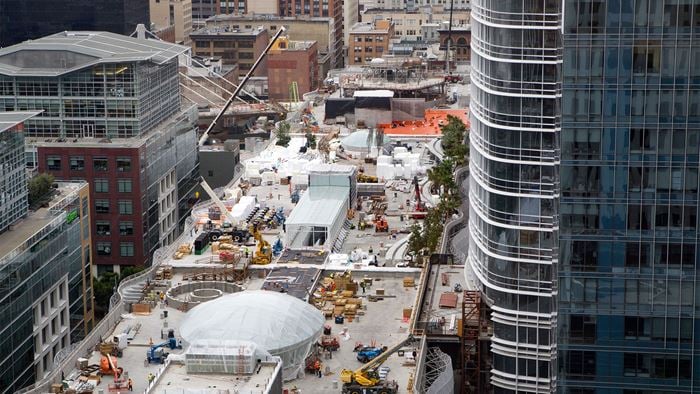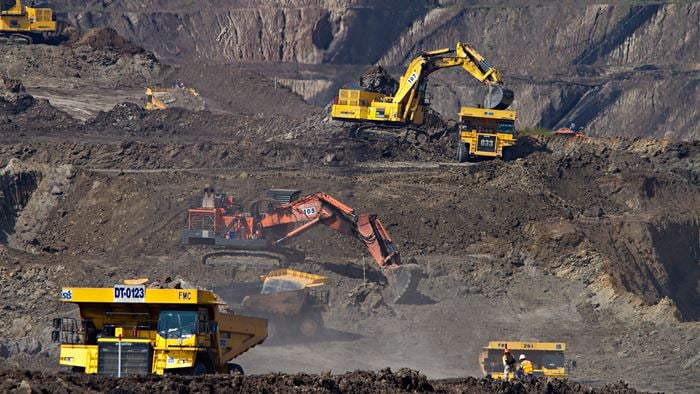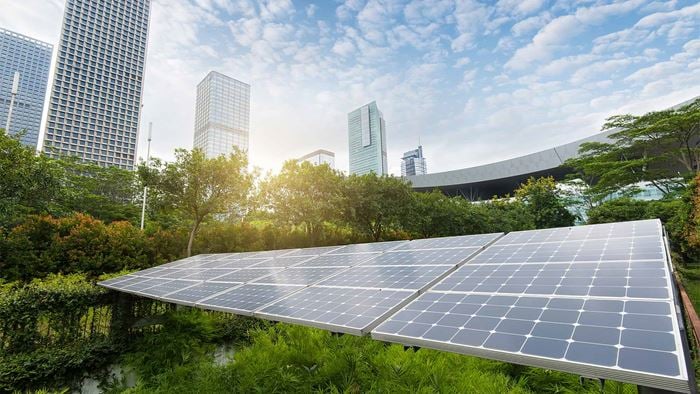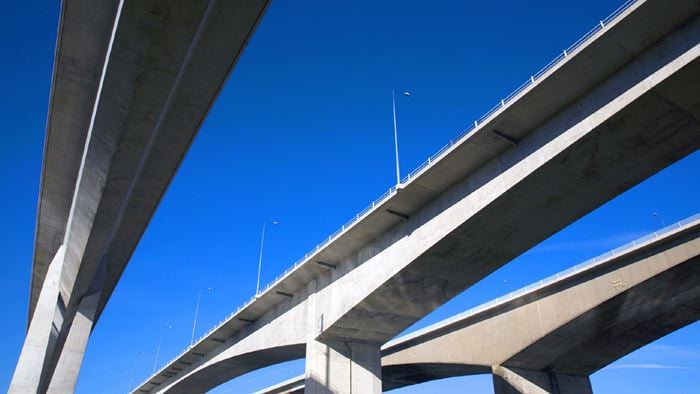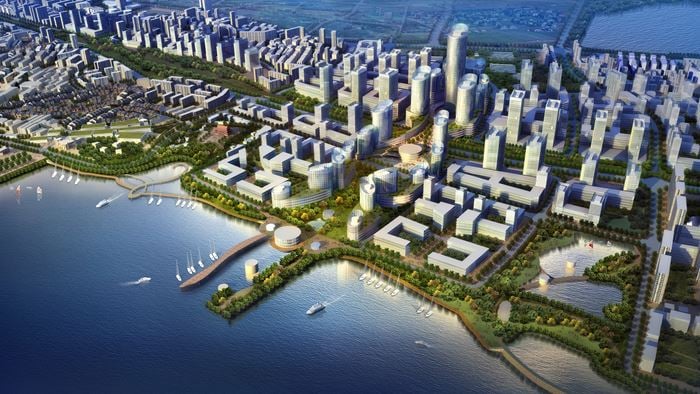Olympic Dam, a multi-mineral ore body in the arid north of South Australia, is the world's fourth largest copper mine and largest known uranium deposit. Olympic Dam is a resource of enormous potential as a proposed open pit mine and process plant expansion which would more than triple the mine’s annual copper production.
Since 2005 we have utilised our unique ability to offer multidisciplinary solutions to support the expansion of Australia’s largest copper and uranium mine. The firm was engaged for the project’s Environmental Impact Statement (EIS) and selection studies.
For the EIS, we initially assessed several development options. This major undertaking examined social, cultural, and economic changes, as well as the project’s impact on the natural environment. The expansion is centred on the creation of a new open pit mine and minerals-processing facilities. Major support infrastructure would also be needed, including a coastal desalination plant, a new power line and possibly a gas-fired power station, a rail line, an airport, port facilities, a village to accommodate workers, and more housing, retail, commercial and community facilities.
Our consultants mapped the way forward with innovative ideas at every turn, paving the way for a regulatory approval application. They also worked out cost-effective and environmentally responsible infrastructure options for the accommodation and logistics selection studies.
We were also entrusted with both the master planning of Roxby Downs, which will reach a peak population of 10,000, and the design of an 8000-unit construction village.
The aim: to create a liveable, attractive and safe community for resident families and for the fly-in/fly-out workforce. The scope of our work included civil engineering and site services, structural engineering, electrical engineering, communications security, risk and project management.

Conquering the tyranny of distance
Because the mine is located 560 kms north of Adelaide – further than the distance between London and Geneva – efficient, economical transport arrangements are paramount.
Copper and uranium have to be transported to the port of Adelaide, while bulk supplies of every description must be carried to the mine and the township. Currently, around one million tonnes of supplies and minerals are moved annually, entirely by road. This load will double.
Transport logistics is the quiet achiever, invisible when operating smoothly and efficiently. At this selection stage, our logistics consultants have scrupulously calculated all the complex elements of this long distance supply chain.
Road transport was compared both to rail alone and a combination of road and rail. Road is flexible and relatively fast, but puts heavy vehicles on public roads. Rail costs less, is slower and requires new infrastructure. The options include a 105km rail spur to the Pimba junction, near the junction of two cross-continental railways and a highway.
Our consultants assessed the relative merits of alternative locations for a port and a rail terminal. They also designed roads, storage and handling facilities and the intricate weaving of warehousing and docking operations.
Our approach, both integrated and innovative, will one day assure a smooth flow of the supplies needed for production, while the ore that sustains economies will be delivered to the customer on schedule.
Additional services we have provided BHP Billiton since 2005 include:
-
mine maintenance facility: designed for 150 haul trucks and 150 heavy vehicles including, service bays, spares management, wash down, tyre change, offices and pit rim refuelling facility;
-
acoustics: we provided a report for the Environmental Impact Statement chapter on noise and vibration impacts with innovative options for noise control measures when noise limits were exceeded;
-
airport planning: study of the benefits and costs of fly in/fly out commuting for the Olympic Dam project;
-
geotechnics: scoping geotechnical investigations considering the variable geology, land systems and geohazards over the Olympic Dam site and along a 300km infrastructure corridor;
-
security consulting: developed a security master plan and risk assessment;
-
solid waste engineering: delivered a Selection Phase Study estimate and documentation for the onsite solid waste facilities; and
-
water supply options: investigation and developing the water supply strategy for the expansion that led to the adoption of seawater desalination and pipeline from Spencer Gulf to the mine site.
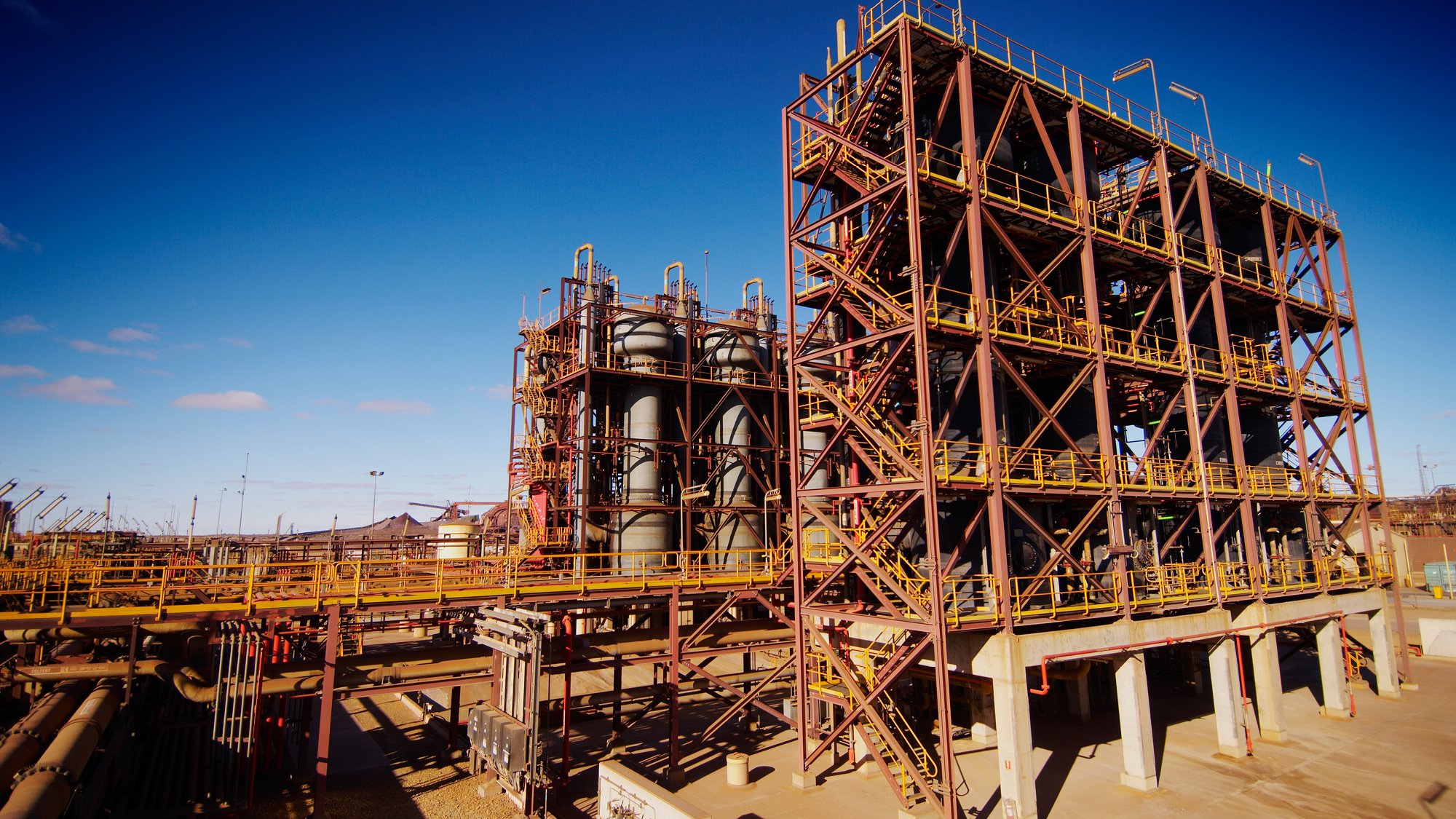 ;
;

